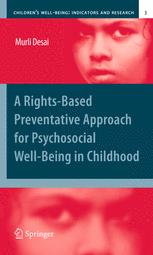

Most ebook files are in PDF format, so you can easily read them using various software such as Foxit Reader or directly on the Google Chrome browser.
Some ebook files are released by publishers in other formats such as .awz, .mobi, .epub, .fb2, etc. You may need to install specific software to read these formats on mobile/PC, such as Calibre.
Please read the tutorial at this link: https://ebookbell.com/faq
We offer FREE conversion to the popular formats you request; however, this may take some time. Therefore, right after payment, please email us, and we will try to provide the service as quickly as possible.
For some exceptional file formats or broken links (if any), please refrain from opening any disputes. Instead, email us first, and we will try to assist within a maximum of 6 hours.
EbookBell Team

0.0
0 reviewsChildhood is the most important stage of human development, a fact that makes children the central target group for social work intervention. In turn, most schools of human development and social work around the world have an elective course on children, with some offering a concentration in this area. Yet while there are plenty of textbooks on intervention with children that contain useful theories and skills, many focus on remedial rather than preventative strategies, and do not adopt a child rights perspective. In turn, books on child rights fail to link the latter either with theoretical background or the preventative approach. This book, aimed at faculty members and students in social work and related programs, breaks new ground by being the first to apply the child rights perspective and the preventative approach to intervention for children's psychosocial well-being. It covers crucial ground in child psychology, even providing an ecological perspective to potential developmental problems. Relevant to situations across the world, and integrating theory, practice and teaching, its three sections introduce the rights-based perspective to preventative intervention, then move on to examine primary, secondary and tertiary prevention for children’s psychosocial well-being.